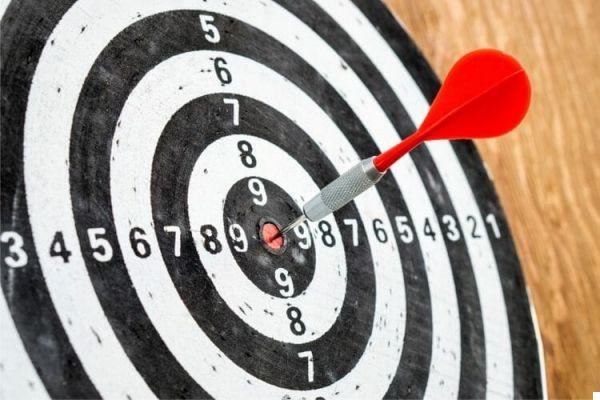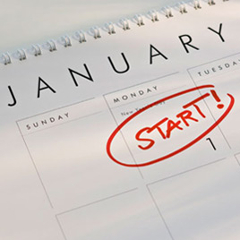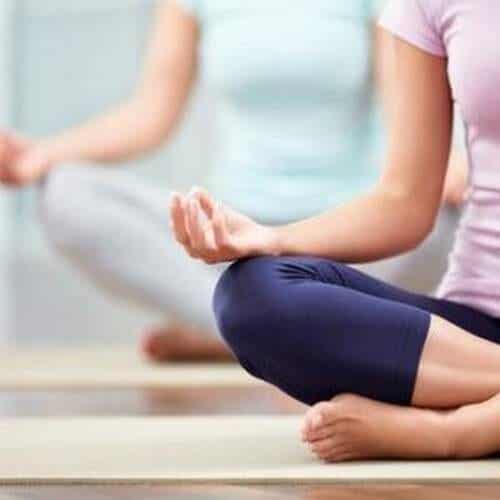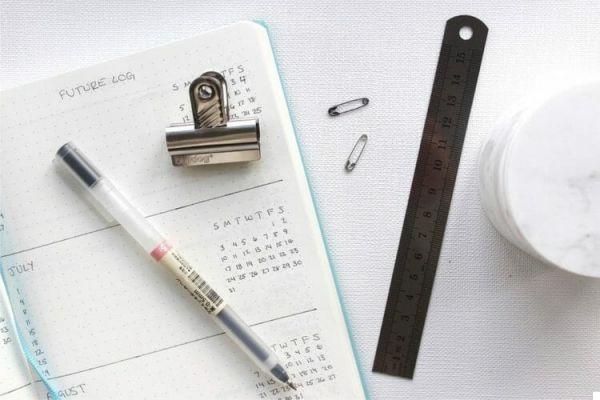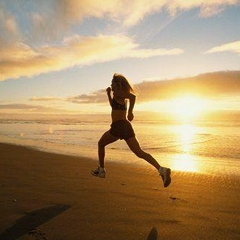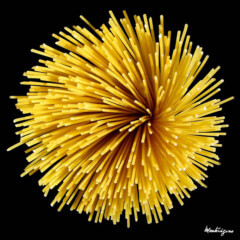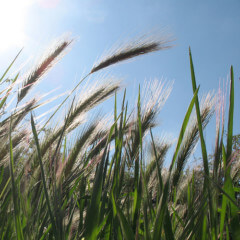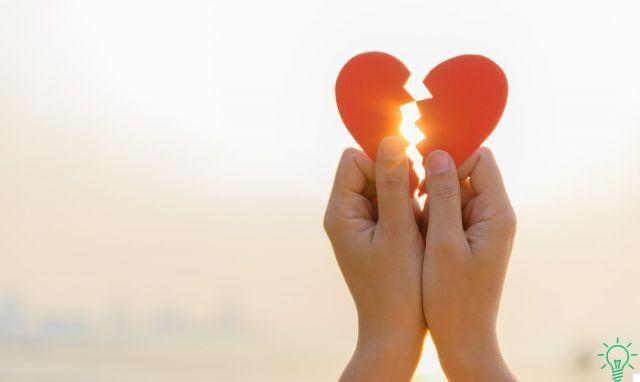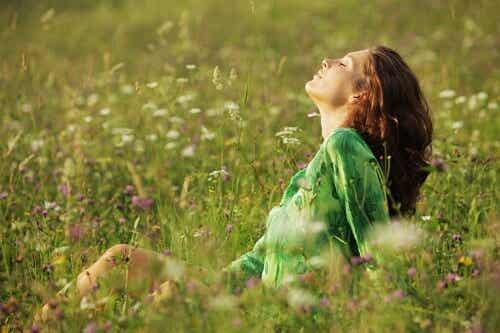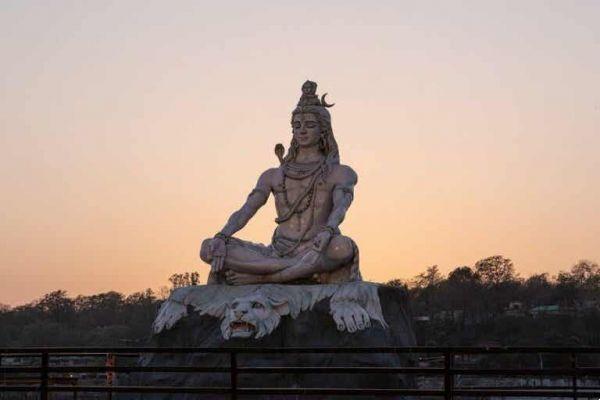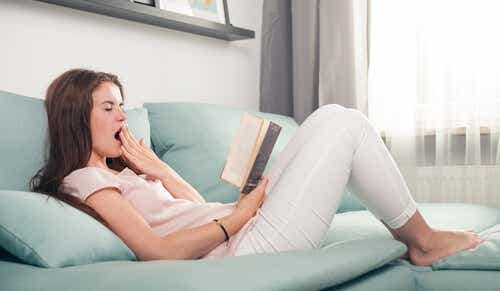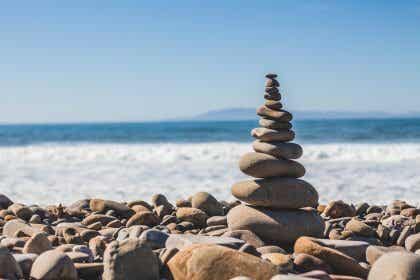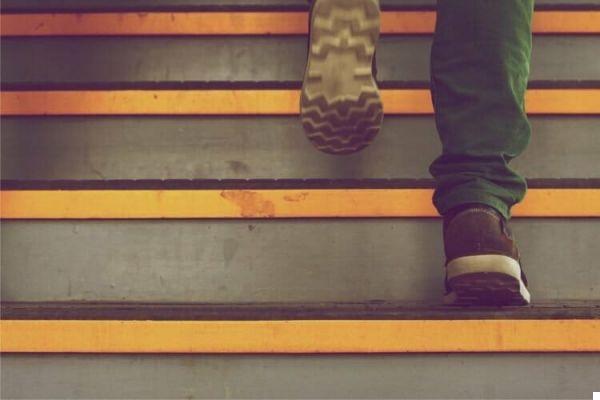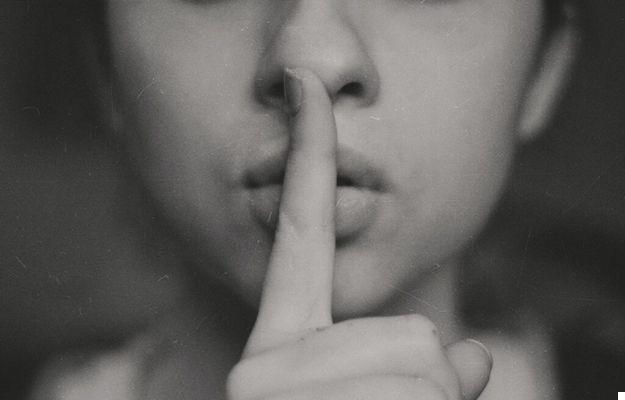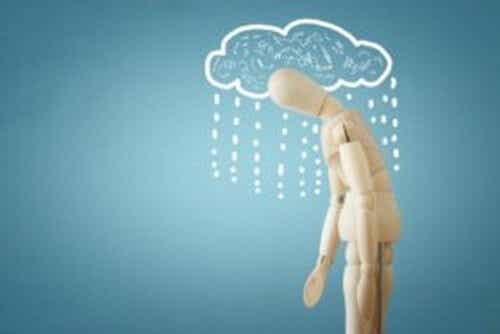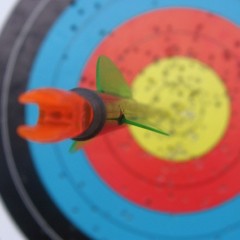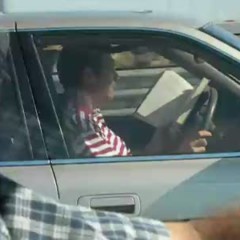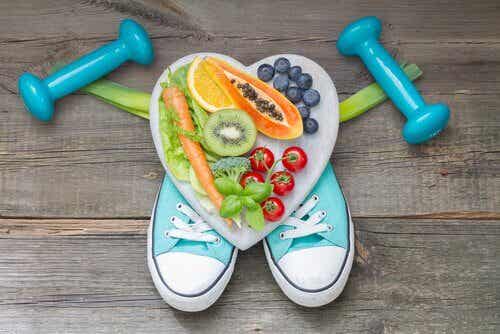We have several relaxation techniques available to relieve stress. The simplest and most effective is deep breathing, however it is always advisable to dedicate oneself to other disciplines such as Mindfulness or Tai-Chi.

Last update: July 23, 2022
For many, relaxing is synonymous with sitting in front of the television doing nothing after an exhausting day. This strategy can help us one day, maybe two. True relaxation techniques for relieving stress go beyond a sofa and your favorite series.
Coping with certain levels of stress is necessary to stimulate creativity, encourage learning and for survival itself. Stress becomes dangerous when it gets out of our control and disrupts the healthy state of balance that the nervous system needs.
Unfortunately this psychological condition has become an increasingly common feature of contemporary life. When the aforementioned state unbalances and alters our mental and physiological balance, relaxation techniques to relieve stress can be of great help.
The study conducted by the National University of Athens shows us that strategies such as progressive muscle relaxation, autogenic training or emotional release techniques are part of this highly effective approach that we should all try.
Most experts recommend practicing relaxation techniques to relieve stress for at least 10-20 minutes
The best relaxation techniques to relieve stress
There is no particular relaxation technique that works for everyone. The specific needs of each must be considered, as well as preferences, physical conditions and how one reacts to stress.
Deep breathing and meditation
Deep breathing is one of the simplest but most effective relaxation techniques for relieving stress. It's easy to learn, can be done almost anywhere, and is a quick way to get your stress levels under control.
It can also be combined with other sources of relaxation, such as aromatherapy and music. A study conducted at Peking University reveals that this strategy lowers cortisol levels and promotes relaxation.
Just take a deep breath from your abdomen and let in as much air as possible. Deep breathing allows you to inhale more oxygen, which results in less tension. Remember:
- Sit comfortably with your back straight and place one hand on your chest and the other on your stomach.
- Inhale through the nose and feel the hand on the stomach rise. The hand that is on the chest should move very little.
- Then slowly exhale through your mouth, pushing the air out as much as possible while contracting your abdominal muscles.
The hand on your stomach should move as you exhale, but the other should move very little. Continue to inhale through the nose and exhale through the mouth.
If you find it difficult to sit, try lying on the floor. Place a small book on your stomach and try to breathe so that the book rises as you inhale and falls as you exhale.
Progressive muscle relaxation
Progressive muscle relaxation involves two phases of tension and relaxation systematics of different muscle groups.
With regular practice, this technique offers an intimate familiarity with the sensations of tension and relaxation in different parts of the body.
It helps to detect and counter the first symptoms of muscle tension that accompanies stress. Just as the body relaxes, so does the mind.
Deep breathing can be combined with progressive muscle relaxation for additional stress relief. If you have muscle problems, you should consult your doctor before performing this relaxation technique.
Progressive muscle relaxation involves several paths. Most people start at the feet and work their way up to the face. It is important to wear comfortable clothes and take off your shoes for complete relaxation.
- Begin by breathing slowly and deeply to release as much tension as possible and focus.
- When you are proti, think of a foot to feel it completely.
- Contract the foot muscles up to ten, then relax them.
- Focus on the sensation, on the foot after prolonged contraction.
- Stay focused as you breathe slowly and deeply for a few seconds. When you are ready, do the same with the other foot, climbing up to the face.
Body scan
Body scanning is similar to progressive muscle relaxation, but about the sensations felt in each part of the body. It is one of the most popular relaxation techniques for stress relief today.
Relaxation techniques to relieve stress: mindfulness or full awareness
Full awareness is the ability to be aware and attentive to the sensations of the body and what surrounds us.
Ideal to keep calm and focus on the present moment, bring back the nervous system in a state of balance. It can be applied to activities such as walking, playing sports or eating, although it is generally applied to meditation.
To make full awareness a relaxation technique to relieve stress, some key points need to be considered:
- Choose a quiet and secluded place in which to relax without distractions or interruptions.
- Adopt a comfortable position, but don't lie down.
- Choose a focal point. This point can be internal - an imaginary sensation or scene - or external - a meaningful word or phrase that is repeated during the session.
- Eyes open or closed. You can also choose to stare at an object to improve concentration.
- Take a careful and non-critical approach.
- Don't worry if you are doing the technique well. If thoughts get in the way of the relaxation session, it pays to bring attention back to your focal point.
viewing
Visualization is a variation of traditional meditation which requires not only the sense of sight, but also the sense of taste, touch, smell and hearing.
When used as a relaxation technique, visualization consists of imagining a scenario in which one feels at peace and free to release tension and anxiety.
To practice visualization, find a quiet place. Beginners sometimes fall asleep during a visualization meditation; so if you've never done this before, start sitting down.
Close your eyes and let go of your worries. Calm music proves to be of great help in these cases. Imagine you are in a relaxing place, you have to see it, smell it, hear it, touch it.
Visualization works best if as many sensory details as possible are included, using at least three senses.
Select images that interest you, regardless of whether they are more or less attractive to others. Let them move and feel all they have to offer: smells, sensations, sounds, etc.
Enjoy the feeling of deep relaxation and let yourself be enveloped as you slowly explore your relaxing places. When you feel ready, gently open your eyes and slowly return to the present.
Yoga and Tai Chi as relaxation techniques to relieve stress
Yoga combines specific postures with deep breathing. In addition to reducing anxiety and stress, improves the flexibility, strength, balance and endurance.
Done regularly, it can strengthen the stress response in daily life. To avoid injury, start by attending group classes or with a private teacher.
On the other hand, the Tai-chi consists of a series of movements that flow slowly, each at its own pace.
These movements accentuate concentration, relaxation and the conscious circulation of life energy throughout the body.
Although it derives from martial arts, today Tai-chi is mainly used as a technique to calm the mind, condition the body and reduce stress. Promotes concentration on the breath and the present moment.
Tai Chi is a safe, low-impact option for people of all ages and physical fitness, including the elderly and those who have suffered an injury.
Conclusions
Don't hesitate to include some of these relaxation techniques in your daily routine. Choose the one that best suits your needs and be consistent. The changes will come.




